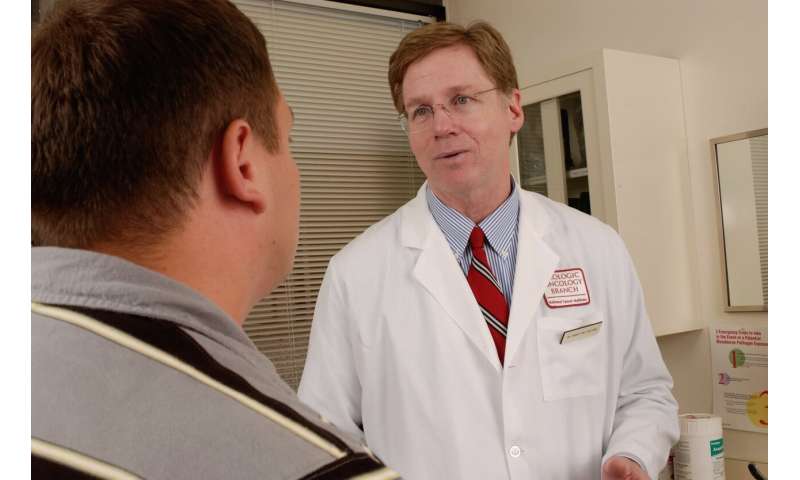More professional guidance needed to ensure patients know they have choices, study shows

More training is needed to support medical professionals in how to present patients with a choice in their health care options, a new study has shown.
Researchers at the University of York recorded medical appointments of more than 200 neurology patients and how neurologists offered them choices in their medical options going forward, following a diagnosis.
The appointments were followed up by a patient survey, and although the recordings showed that more than half of the consultations provided patients with choices, patients did not always recognize that they had been given a choice.
Study results
Dr. Merran Toerien from the Department of Sociology at the University of York said, "The results of the study showed that it was important that doctors avoided giving their own views first if they wanted to establish what the patient really preferred. But at the same time, we also showed that doctors have to recognize how to present their views to patients who may be more fearful of decision-making, and request advice first.
"It is a difficult balancing act for medical professionals—giving expert guidance, but avoiding limiting the choice that a patient has at the same time. We found that one of the best ways to address this is option-listing to support choice in yes/no decisions, where not treating at all was a legitimate option."
Communication strategies
The current NHS definition of patient choice ranges from the 'legal right to choose' to a 'partnership' between doctor and patient on the clinical route that will be taken. The study, however, focused particularly on the communication strategies used by medics to communicate treatment options.
In the training designed by Dr. Toerien and her colleagues, medical students and practitioners are shown how to give full-form option listing to patients where there is a decision to be made. This involves announcing that there is a decision needed, listing the options and ascertaining the patient's preference. But the study found that this method of option-listing was remarkably rare in practice.
Option-listing
In the majority of cases, doctors recommended a single option rather than giving a choice. When they did list options, they sometimes posed them in a way that closed down choice. For example, in a consultation where the patient was failing to accept the doctor's recommendation for further investigations, the doctor used option-listing to press for acceptance.
This was done by listing only one positive option: the recommended monitoring. The alternative was put in a way that starkly suggested the patient would receive no further help from the clinic: "Or do you just want to soldier on as you are?" The patient then finally accepted the doctor's recommendation.
Patient-centered approach
Dr. Toerien added, "Patients and doctors disagreed about whether or not choice had been offered in about one-third of appointments.
"If doctors want to ensure a patient knows she or he has a choice, option-listing is likely to be best understood by patients. However, an important lesson from this study is that simply asking doctors to adopt a practice (like option-listing) will not automatically lead to a patient-centered approach. Our study shows that precisely how a practice is implemented is crucial."
Free training
Dr. Clare Jackson, also from the Department of Sociology at the University of York, said, "Option-listing can increase patients' sense that they can choose their tests or treatments. However, whether and how doctors offer choice depends on many factors. We have turned our nuanced findings into free-to-access online training which can be accessed through the NICE SDM guidance.
"Our findings and training can help doctors make informed choices about how to involve patients in making decisions."
More information:
Markus Reuber et al, Delivering patient choice in clinical practice: a conversation analytic study of communication practices used in neurology clinics to involve patients in decision-making, Health Services and Delivery Research (2015). DOI: 10.3310/hsdr03070
Markus Reuber et al, Evaluating nuanced practices for initiating decision-making in neurology clinics: a mixed-methods study, Health Services and Delivery Research (2018). DOI: 10.3310/hsdr06340
Provided by University of York